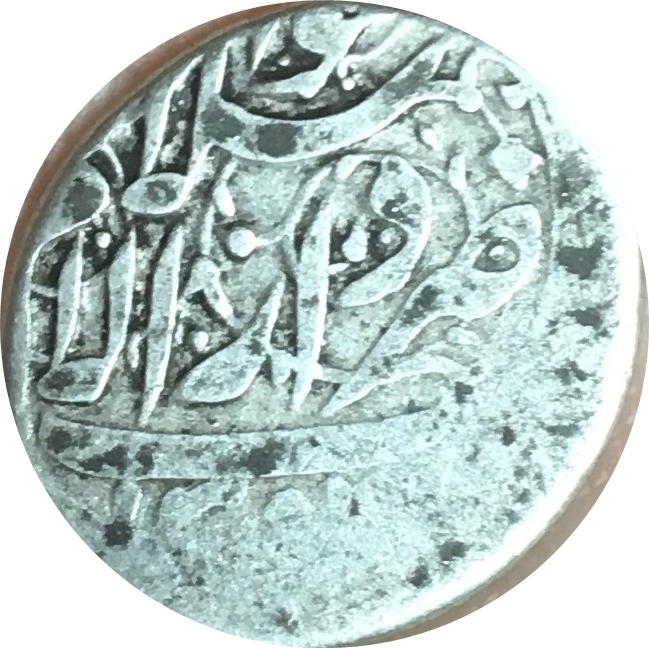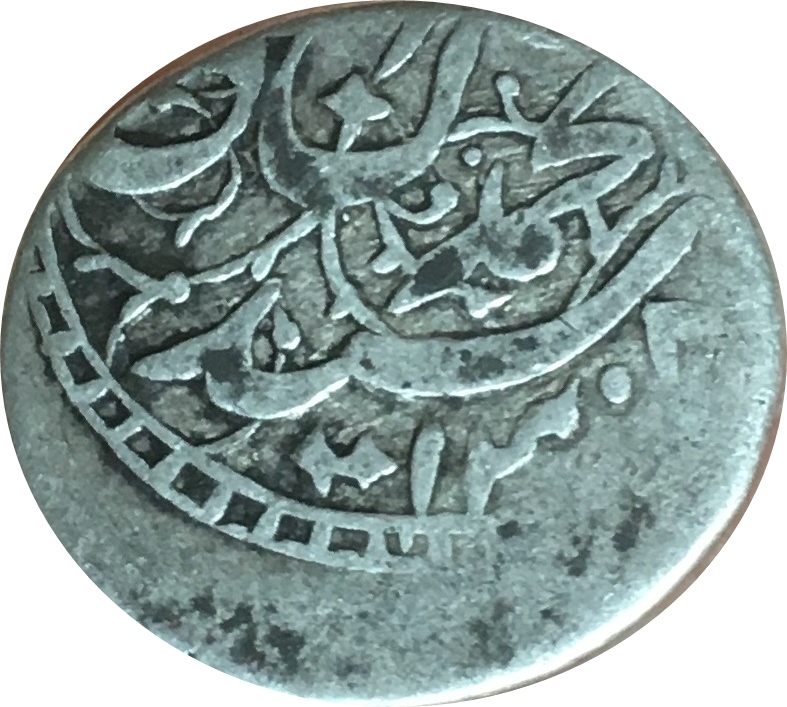Khiva, Khanate of Tenga - Sayyid Muhammad Rahim (Qungrat dynasty)
Posted on:
keywords: Khiva, Khanate of, Tenga - Sayyid Muhammad Rahim (Qungrat dynasty), 1 Tenga, coin collecting, numismatics, Khiva, Khanate of
- Introduction: The Khiva Khanate 1 Tenga coin, featuring the likeness of Sayyid Muhammad Rahim, stands as a testament to the rich history of the Qungrat dynasty. Minted between 1866 and 1896, this silver coin holds both historical and numismatic significance for collectors and enthusiasts worldwide.
- Historical Background: The Khiva Khanate, located in present-day Uzbekistan, issued the 1 Tenga coin during the reign of Sayyid Muhammad Rahim. This period marked a significant era in the region's history, characterized by political and cultural developments that influenced the coinage of the time.
- Design Features: The obverse of the coin showcases a striking portrait of Sayyid Muhammad Rahim, depicting his regal attire and notable features. The reverse side may feature intricate inscriptions or symbols, reflecting the artistic style prevalent during the Qungrat dynasty.
- Technical Specifications: Weighing 3.00g and measuring 18.00mm in diameter, the Khiva Khanate 1 Tenga coin is crafted from silver, adding to its allure and collectible value. The precise specifications of this coin contribute to its historical and numismatic significance.
- Collectible Value: The Khiva Khanate 1 Tenga silver coin, with its limited mintage and historical context, holds substantial collectible value among numismatists. Its rarity, coupled with the intricate design and historical importance, makes it a prized addition to any coin collection.
- Conclusion: In conclusion, the Khiva Khanate 1 Tenga silver coin featuring Sayyid Muhammad Rahim serves as a captivating piece of history and a valuable collectible in the world of numismatics. Its unique design, historical significance, and limited availability make it a must-have for collectors interested in acquiring a piece of the Qungrat dynasty's legacy.
Coin Images
 Obverse
Obverse
 Reverse
Reverse

